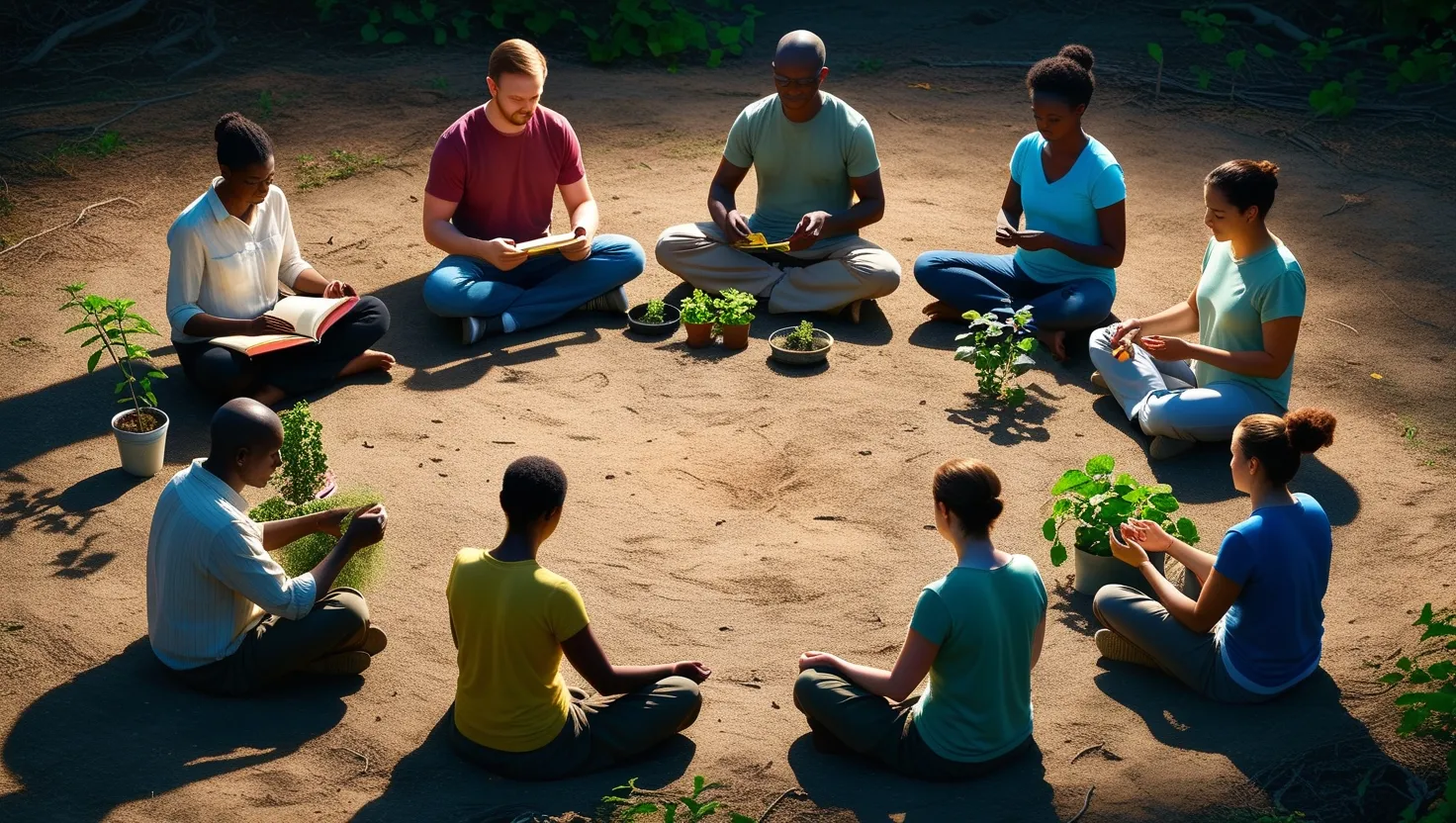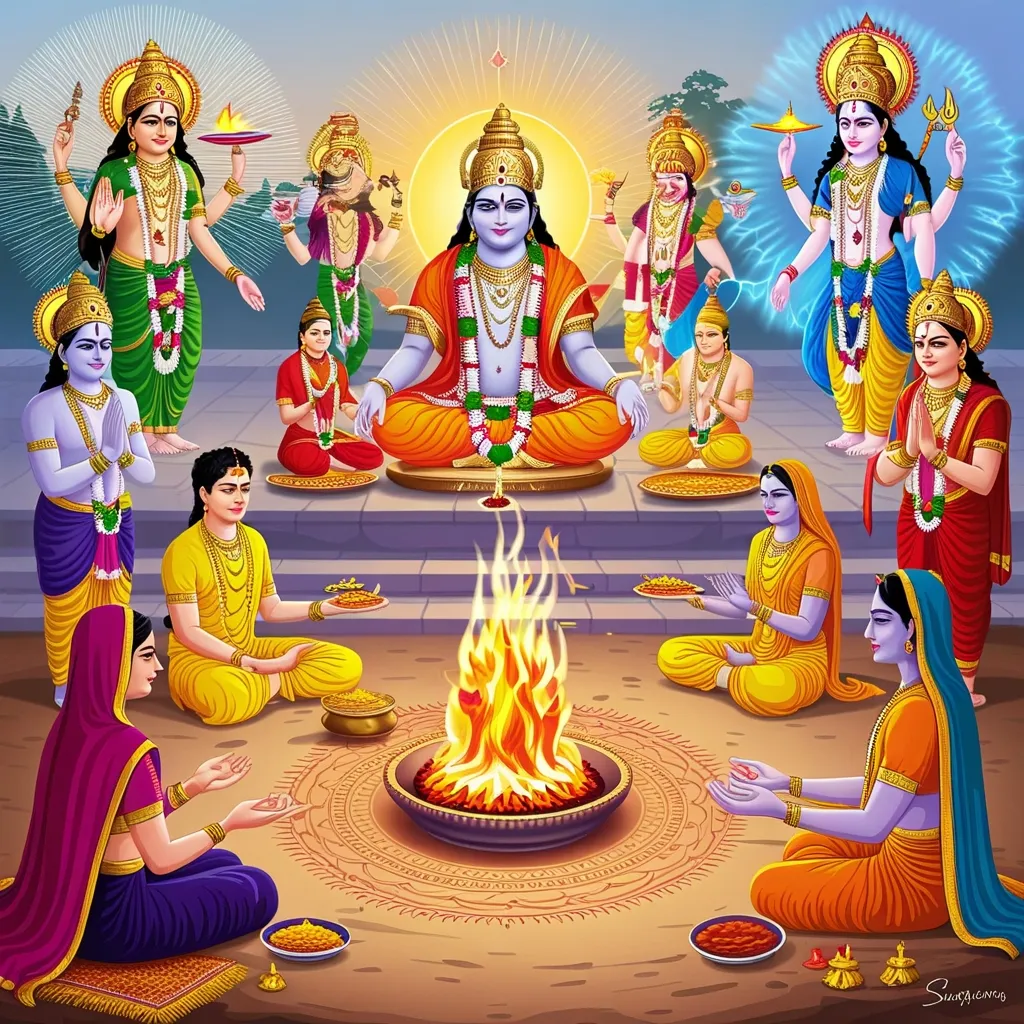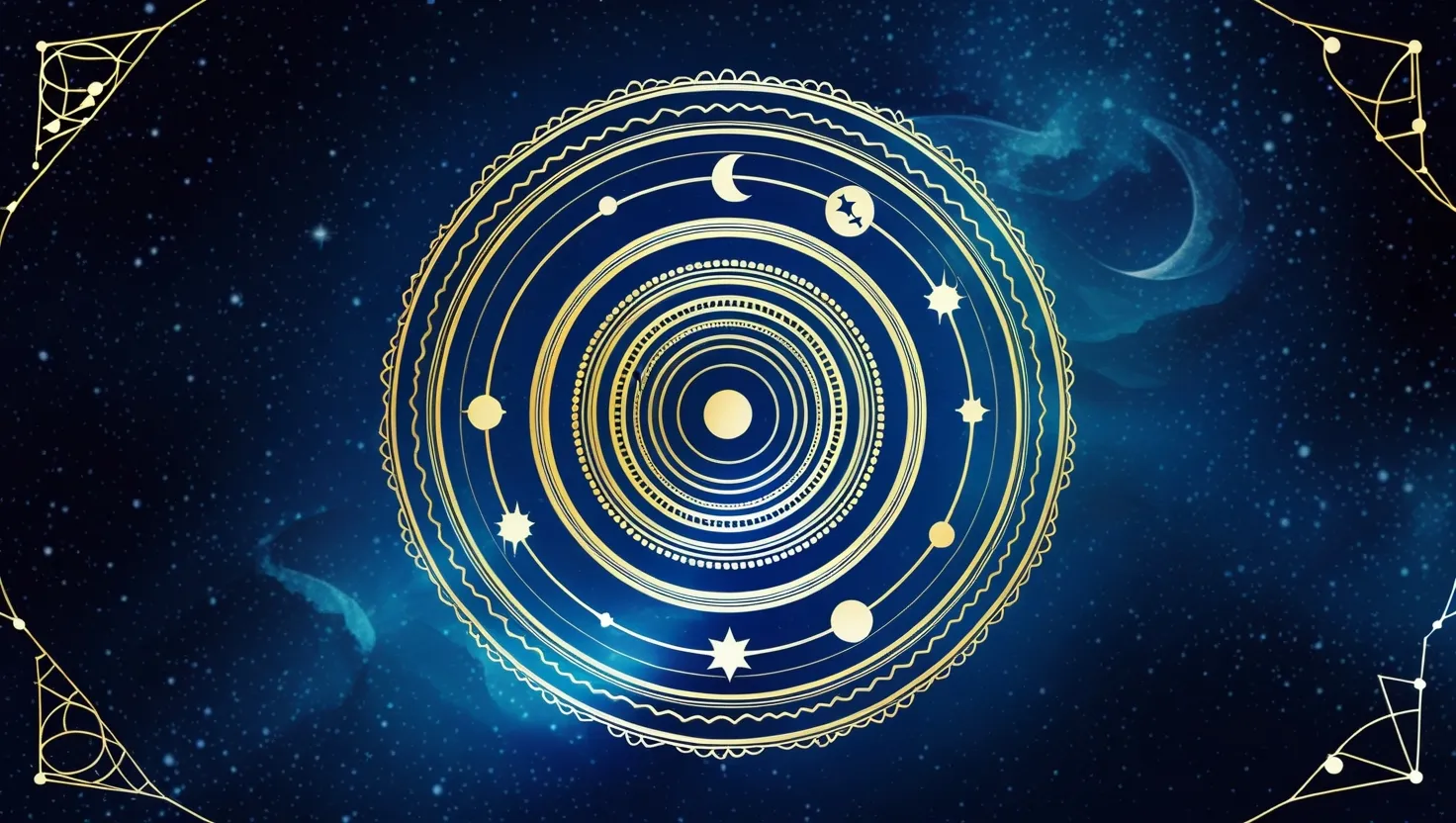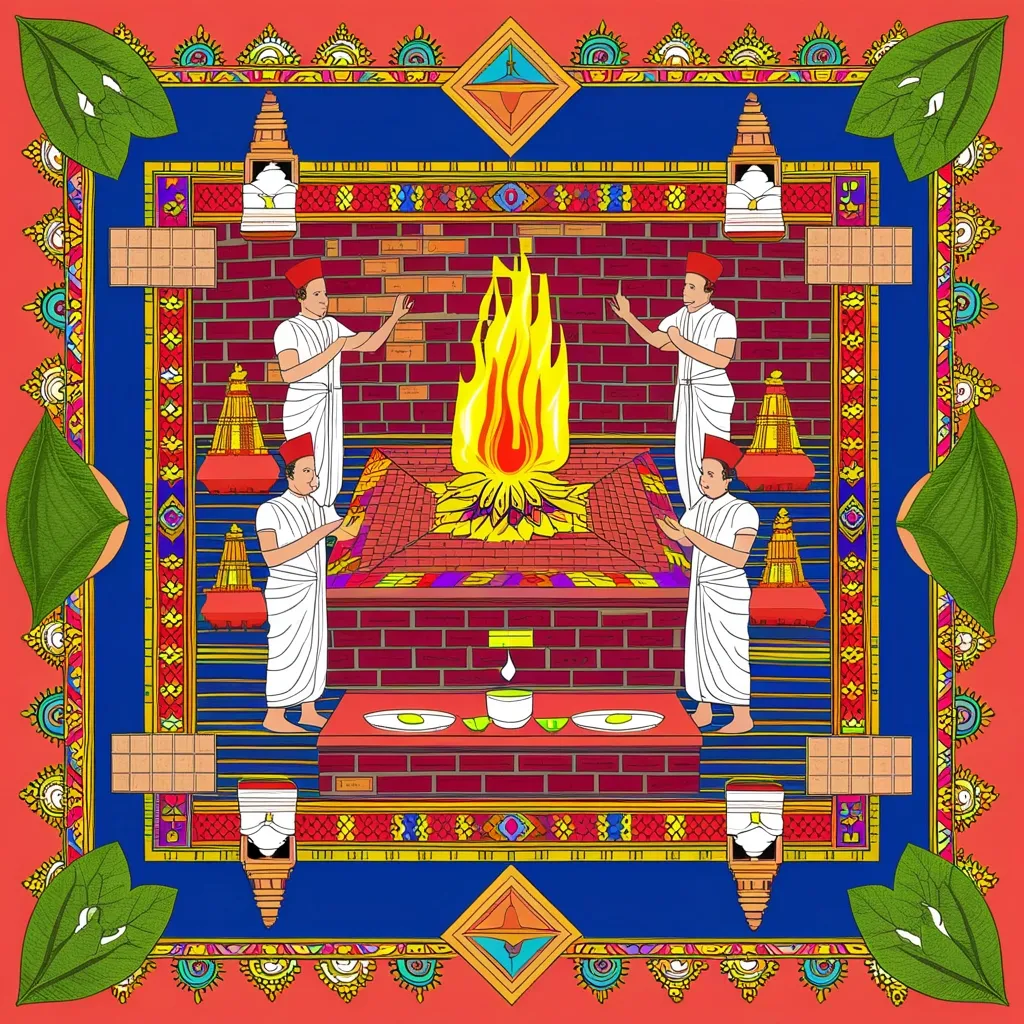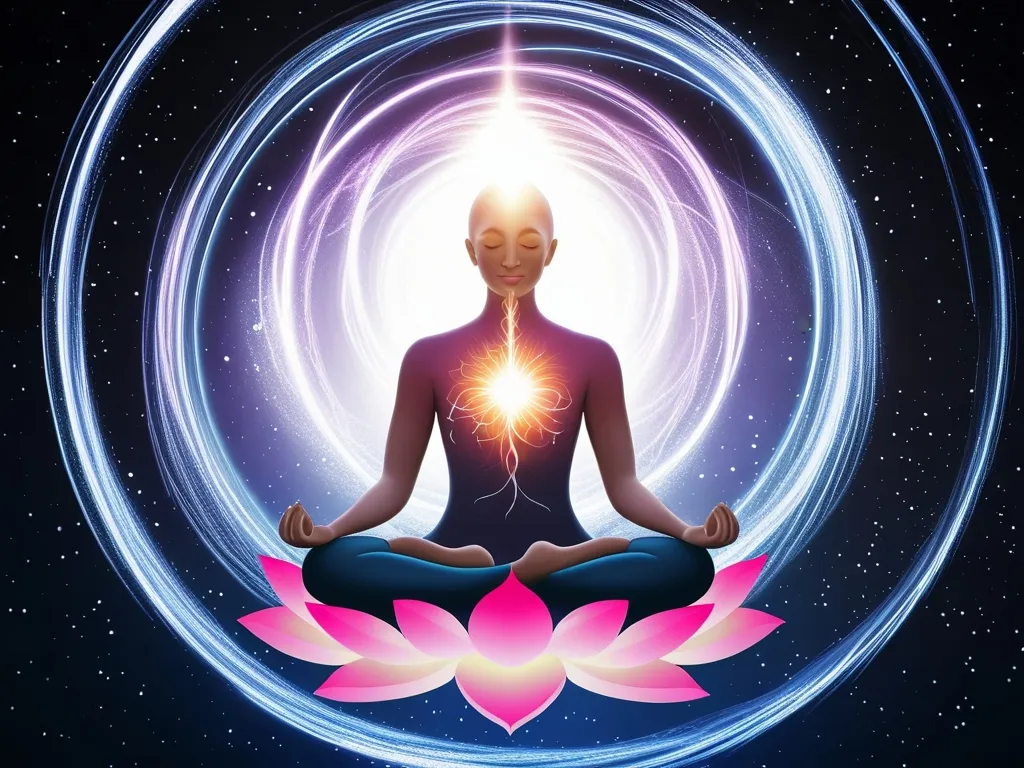If I rewind to the earliest verses of the Rigveda, I encounter a vision of society that’s organic, functional, and remarkably egalitarian for its time. This wasn’t a blueprint carved in stone, nor a rigid hierarchy to which everyone was forcibly anchored from birth. Instead, the Purusha Sukta depicted society as a living body—each part essential, none inherently superior or inferior. We often hear about the four varnas—Brahmin, Kshatriya, Vaishya, and Shudra—but what’s less recognized is that these categories originally spoke more to one’s nature and chosen path than to a random accident of birth.
“Society is like a body: the head, the arms, the thighs, and the feet—all are necessary and all are one.” These words echo the very image from the Purusha Sukta, where the cosmic being’s different parts give rise to different social functions. I like to remind myself that none survives without the others. Remove the feet, and the head cannot move; silence the head, and the feet wander aimlessly.
Perhaps the most intriguing feature of this system is how fluid it was—at first. Rather than defining people solely by lineage, early Vedic society recognized personal tendencies and abilities. A person might possess a natural aptitude for reflection and teaching, gravitating toward the Brahmin role. Another might find fulfillment in the courage and order required of a protector or administrator, echoing Kshatriya qualities. Those with a knack for growth—literally and figuratively—found their place among the Vaishyas, while hands-on skills and service gave rise to Shudra excellence.
Hidden behind later layers of interpretation is the powerful idea that everyone could discover their dharma, their own calling, regardless of family occupation. How would our own society look today if career paths flowed from aptitude and interest, rather than social expectation or economic containment? It’s a question I find both challenging and invigorating.
Let’s pause to recall a line that’s as relevant now as ever:
“It is not birth, but action, that makes a man a Brahmin.”
This sentiment, echoed in the earliest texts and later in the Bhagavad Gita, suggests that personal development and ethical living matter more than ancestry.
You may wonder, why did this model shift into something rigid and inherited over the centuries? The reasons are complex—driven by political interests, the need to maintain centralized authority, and perhaps a simple human tendency to defend privileges once gained. Over generations, what began as social functions tied to ability hardened into castes defined by birthright, closing the doors to mobility and collaboration between groups.
Still, the original vision was underpinned by the principle of interdependence. Just as a harvest needs both fertile land and a careful hand, Vedic society acknowledged that every role sustained and was sustained by the others. Teachers needed farmers; merchants depended on both; artisans enabled all to thrive. Rituals—especially communal yajnas—served as public reminders that the cosmic order, or Rta, was a shared responsibility.
In our current world, where occupations and identities so often become hierarchies, it feels urgent to remember that each function was considered equally dignified in the Vedic framework. Brahmins preserved culture and wisdom, but without physical protection and administrative clarity, their influence would be precarious. Kshatriyas held power, but without prosperity generated by Vaishyas or the foundational skills of Shudras, their strength became unstable.
What often goes unnoticed is that mobility did exist in early stories. Ancient texts recount tales of sages from non-Brahmin backgrounds attaining revered status; warriors became teachers, and teachers took up arms in times of need. Social reality was not always as neat as later codes would suggest.
“Service rendered in pursuit of one’s own nature brings fulfillment to all.”
The Bhagavad Gita reiterates that one’s personal nature—guna—ought to guide action, not societal labels. When I reflect on this, I recognize an early form of what psychologists today describe as “person-job fit” or “strengths-based placement.” Effective societies and organizations thrive when individuals contribute according to their unique inclinations, rather than conforming to rigid molds.
There’s another lesson lurking under the surface: healthy societies need to mitigate the dangers of unchecked ambition or encroachment. The Vedic system’s original rationale—assigning responsibilities clearly—was to prevent exploitation or dominance by one group over another and to protect the weak from being trampled by the strong. It’s a reminder of the balancing act between individual freedom and communal order.
As I see it, the shift towards birth-based status represented not just a departure from the Vedic ideal but a lost opportunity for continual renewal. When choice becomes stifled, potential is wasted. Social stagnation breeds resentment on the margins, while those at the top risk complacency—a problem not unique to ancient India, but common wherever power calcifies.
Let me pose a question: how would our professional, academic, and civic communities change if nobody was judged by birth, background, or class, but simply encouraged to discover and deliver their best work? Are we, perhaps, still struggling to manifest the kind of equal dignity for all functions that the original varna model enshrined?
“Differences are not intended to divide, but to complete.”
I recall this when I think about how each varna depends on the others—not as rivals, but as components of a cohesive whole. When any social function becomes undervalued or overvalued, discord enters. It’s a lesson especially urgent for modern societies torn apart by class anxiety or economic exclusion.
Even today’s most innovative organizations draw on a similar insight: thriving teams require balanced representation of thinkers, leaders, organizers, and craftsmen. I’ve seen business models built on the wisdom of aligning people’s roles with their actual capacities, rather than on a resume’s superficial signals. It’s a version of the old Vedic goal—optimal societal functioning—cloaked in contemporary attire.
And yet, the ancient Vedic script offers a subtle but essential warning: noble intentions must be safeguarded or they will become corrupted over time. Rigidity, exclusion, and inequality are not what fostered early social harmony—they arose when function became mistaken for inherent worth.
“Greatness is attained by fulfilling one’s purpose with sincerity, not by claiming another’s glory.”
Too often, our focus drifts towards glamorous roles or celebrated professions. The Vedic model asks me to see the dignity in each function. The nurse is as vital as the engineer; the janitor essential as the CEO. In this framework, dignity is evenly distributed—if we have the eyes to see it.
Ultimately, rediscovering the original varna principles is not about nostalgia or myth-making. It’s about extracting the wisdom that societies, like complex organisms, thrive on diversity, flexibility, and mutual respect. Rather than dividing humanity, the Rigvedic model sought to build unity on a foundation of difference.
If I imagine a future shaped by these principles, I see a world where collaboration replaces competition, recognition flows to every contributor, and each person is empowered to grow along the lines of their own nature. Will we rise to that challenge? The answer, I suspect, lies less in ancient poetry than in the daily choices we make—to value, respect, and empower every function necessary to the flourishing of all.
